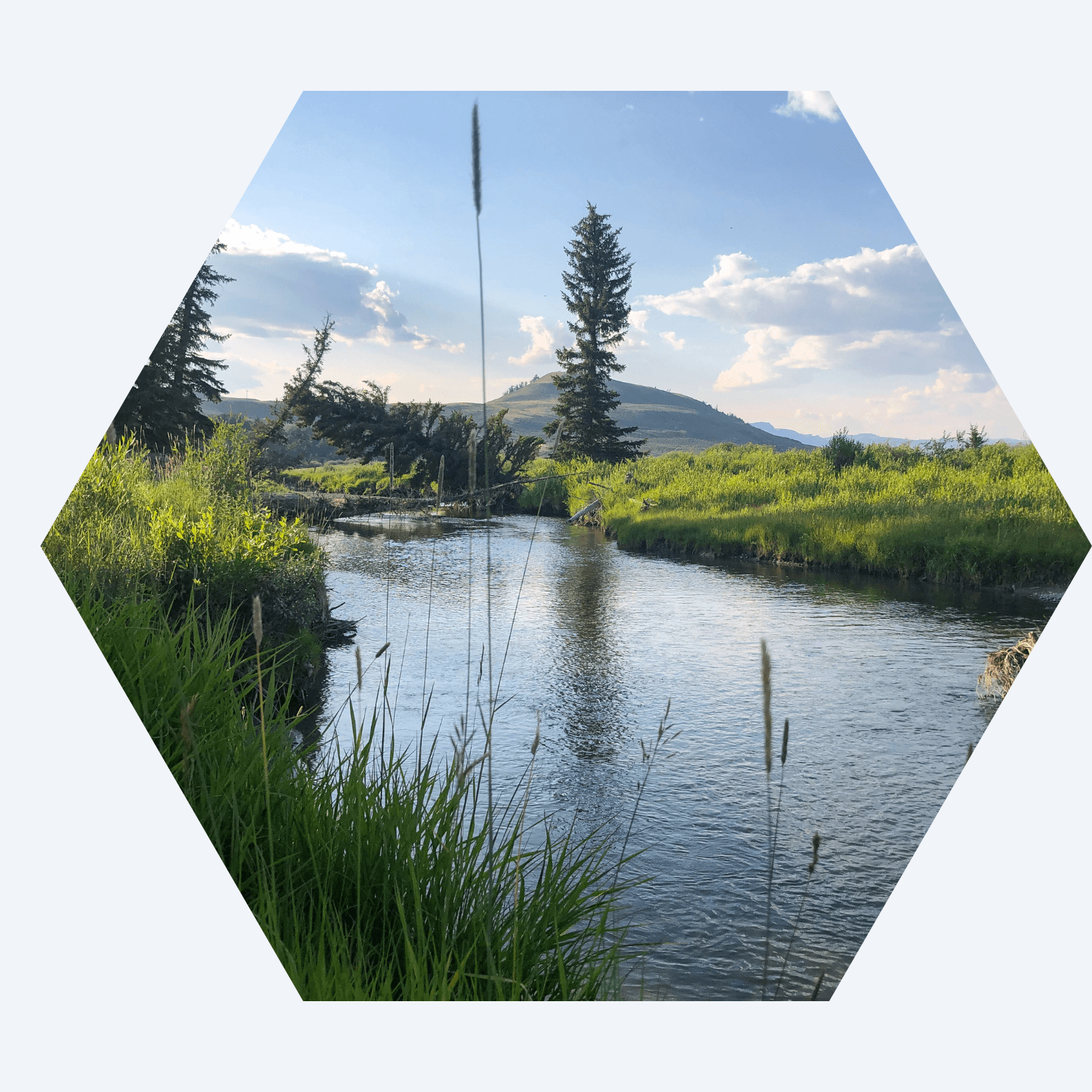We caught up with the brilliant and insightful Sara Austin a few weeks ago and have shared our conversation below.
Sara, thanks for taking the time to share your stories with us today We’d love to hear the backstory behind a risk you’ve taken – whether big or small, walk us through what it was like and how it ultimately turned out.
I used to have a stable job—something people would call “secure.” But I felt overwhelmed, stuck in a world that didn’t leave much room for creativity or peace. Eventually, I hit a point where I couldn’t keep pushing through. So, I packed up my bike with what I could carry: a sketchbook, some snacks, and a lot of uncertainty. I didn’t have a big plan—just a deep need to breathe, to move, to see the world in a different way.
That time changed everything.
With no real destination, I started noticing things I’d missed before. The way colors shift on a mountainside depending on the light. The curve of a wildflower’s stem. Old trucks and rundown buildings nestled into the land like they belonged there. I sketched what I saw and let the world slow me down.
That’s when I really started creating—not just making art, but living like an artist. Since then, it’s been a mix of everything: beautiful highs, really hard lows, wins I never saw coming, and failures that nearly made me quit. There have been times I’ve thought, “Man, a consistent income would be nice.” But even in the chaos, this life keeps calling me back.
It’s not always easy. It’s rarely clear. But it’s full of meaning. And at the end of the day, I can’t see myself doing anything else.

Awesome – so before we get into the rest of our questions, can you briefly introduce yourself to our readers.
I’m a colored pencil artist who draws primarily on raw wood. My work centers on wildflowers, nature, and the Western landscape, but always with a bit of a twist—whether it’s a pop of neon, an unexpected detail, or a story rooted in folklore and forgotten history.
What I create includes original artwork, limited edition fine art prints, mini pieces, and handmade bookmarks. I also release themed collections, often inspired by a deeper narrative—like The Bloom Diaries, which weaves together botanical folklore, symbolism, and personal connection to place. My art is made for people who want more than just decoration—it’s for those who value story, craftsmanship, and meaning.
One of the things that sets my work apart is my choice of surface: raw wood. I let the grain of the wood become part of the piece itself. It adds movement, texture, and sometimes even guides the entire layout of a drawing. That collaboration between medium and message is central to my process.
People come to my work when they want to slow down. When they want to feel connected to the land, or remember something they can’t quite name. Some are collectors, some are first-time buyers, and many are just drawn in by the detail and feeling of the piece. What I offer is a visual experience that’s both deeply personal and rooted in place.
What I’m most proud of is the way my work makes people pause. I’ve had people tear up in front of a piece or tell me it reminds them of their grandparents’ land, a memory, or a version of themselves they haven’t thought about in years. That’s what it’s all about for me.
Are there any resources you wish you knew about earlier in your creative journey?
One of the biggest things I wish I had known from the beginning is the importance of being fully, unapologetically yourself. Early on, I found myself trying to pander to what I thought people wanted—what would sell, what would be popular, what looked “right.” But every time I did that, it fell flat. The truth is, people connect most when they see you—your quirks, your passions, your creative instincts, even the weird ideas you’re not sure anyone else will get. The work that’s the most “me” is always the work that resonates the deepest.
Another big one: I wish I had started building an email list from day one. Social media can be helpful for exposure, but it’s not reliable for creating lasting connections or sales. Being able to talk directly to people who care about your work changes everything.
And finally, I wish I had dropped the idea that things had to be perfect before they could be shared. Progress comes from showing up, experimenting, and being seen—even when things are messy or in progress. That’s where the real connection happens.

Any insights you can share with us about how you built up your social media presence?
I wish I could say my social media grew because I had some master plan or stuck to a well-researched strategy—but honestly, it was more chaos than calculation. A mix of shenanigans, kicking against the pricks, and just having fun with it. I tried the whole regimented posting thing—the “post at this time, follow this formula” advice that’s supposed to guarantee growth. But not only did it not work for me, it burned me out fast.
So I let go of the rules and decided to just go for it. I leaned into being unapologetically weird, sharing the parts of my process and personality that felt true, and enjoying the ride. And funny enough, that’s when things started to take off.
The growth hasn’t always been consistent. It ebbs and flows, and there have definitely been moments where I thought, “Dang, I should’ve been more prepared to ride this wave.” But I’ve learned a lot along the way—and I’m still learning. It’s an adventure every single day, and I’ve found that staying true to myself is the one thing that always pays off.
Contact Info:
- Website: https://www.saraaustinart.com
- Instagram: @saraaustin_art
- Facebook: https://www.facebook.com/SARAAUSTINART
Image Credits
It wouldn’t let me upload photos


